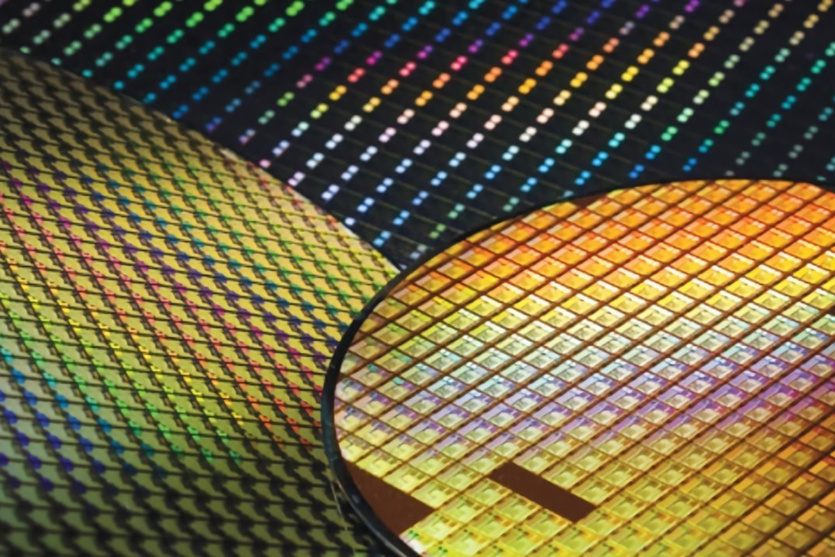
TSMC introduced A16 chip manufacturing process, i.e. 1.6 nm. The new technology significantly increases the density of chip logic and makes it possible to increase chip performance and data processing speed.
TSMC plans to start manufacturing processors based on the A16 process in 2026. The technology includes innovative nanoplatelet transistors along with a new rear power bus solution. This development is expected to provide an 8-10% speed increase and a 15-20% reduction in power consumption at the same speeds compared to TSMC’s N2P process, as well as a 1.1-fold increase in chip density.
TSMC also announced the introduction of System-on-Wafer (SoW) technology, which combines multiple crystals on a single wafer to increase processing power while taking up less space — a development that could transform data center operations.
TSMC has also made progress in nm and 1.4 nm chips, which are likely destined for future generations of Apple silicon. The two-nanometer N2 process is scheduled for trial production in the second half of 2024, and mass production — in late 2025, followed by the advanced N2P process in late 2026. Trial production of 2 nm chips will begin in the second half of 2024, and small-scale production will start in the second quarter of 2025. In 2027, fabs in Taiwan will begin to shift to producing 1.4 nm chips «A14».
Historically, Apple is one of the first companies to introduce new chip manufacturing technologies. It was the first company to use TSMC’s 3 nm process in the A17 Pro processor in the iPhone 15 Pro and iPhone 15 Pro Max. Historically, Apple’s most advanced chip designs have appeared in the iPhone before making their way to the iPad and Mac lines, and eventually to the Apple Watch and Apple TV. Therefore, we can assume that A16 will form the basis of iPhone chips in about 2-3 years.
It is expected that the future Apple A18 processors for the iPhone 16 will be based on the N3E process, while the A19 for the iPhone 2025 models may be the first 2nm Apple chip. Next year, Apple is likely to switch to an improved version of this process. At the end of last year, it turned out that TSMC had already shown Apple prototypes of 2 nm chips ahead of their presentation in 2025.
TSMC also introduced a new technology for the production of 4 nm processors N4C, and a new process for the production of 5 nm chips. The new production will make 4 nm devices up to 8.5% cheaper. This cost-effective process uses the same design infrastructure as N4P, although it is still unclear whether addresses from N5, N4, and N4P can be directly transferred to N4C chips. TSMC plans to start producing N4C chips in 2025.
Sources: MacRumors, Tom`s Hardware



Spelling error report
The following text will be sent to our editors: